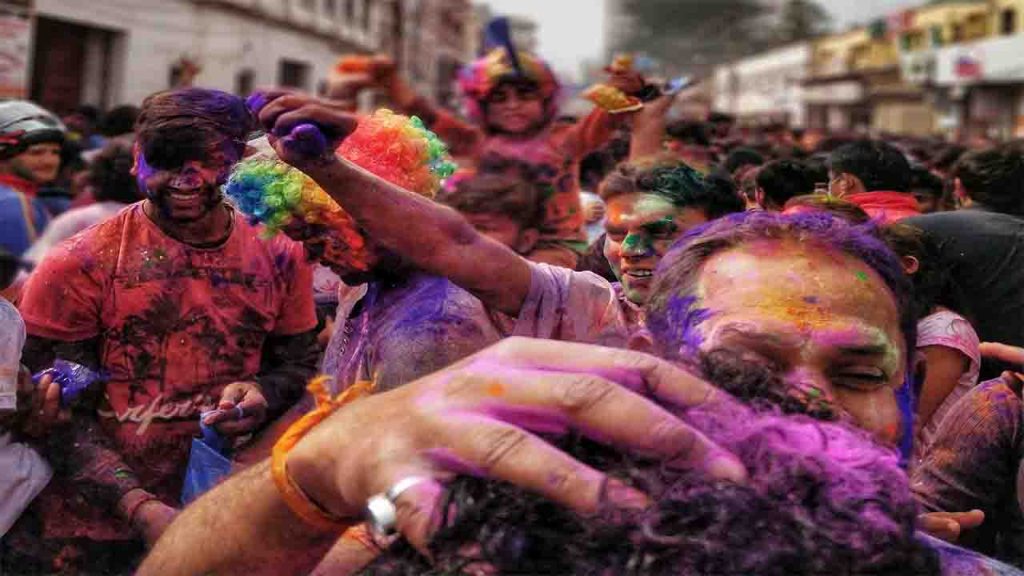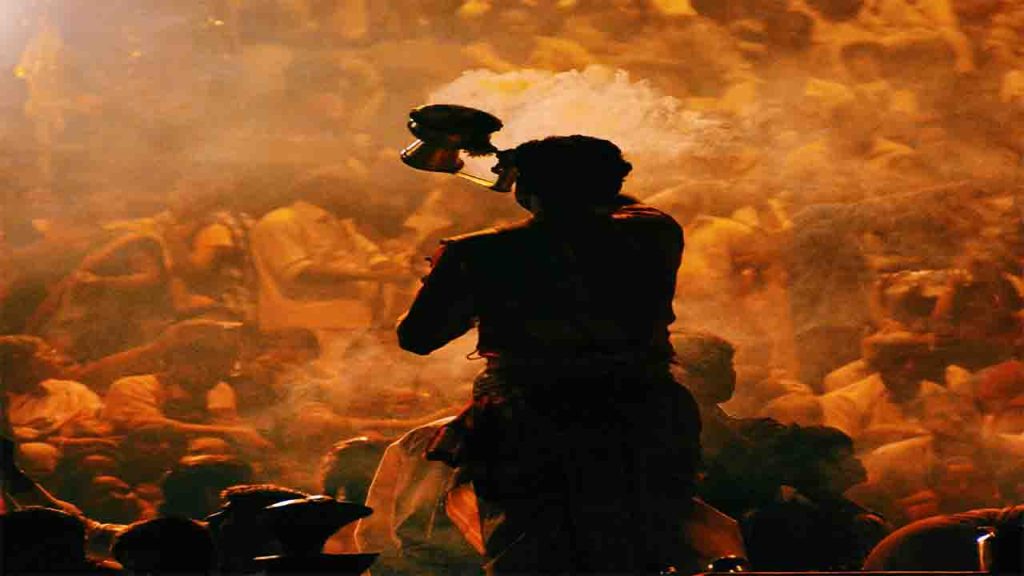Indian culture stands as a timeless testament to antiquity, woven with threads of diversity that embellish its rich tapestry. Within its borders reside myriad communities, each a custodian of its unique culture and traditions. It is this harmonious confluence of myriad cultures that renders India truly unparalleled. India beckons tourists from every corner of the globe, drawn by its wealth of awe-inspiring heritage monuments.
In every state of the country, diverse communities coexist harmoniously, each cherishing and perpetuating its unique culture and traditions. From the bustling streets of Delhi to the serene landscapes of Tamil Nadu, India is blessed with breathtaking natural beauty.
When it comes to cultural tourism, India boasts a plethora of attractions. From rock shelters that once housed ancient humans millions of years ago to rock-cut caves used by Buddhist monks for meditation centuries ago, the country is a treasure trove of archaeological wonders. But India’s cultural wealth extends far beyond its monuments. The diverse cuisine, clothing, festivals, fairs, processions, art, handicrafts, folklore, dance, and music, unique to each cultural, ethnic, or tribal group, showcase the country’s vibrant heritage. These cultural elements also reflect the enduring influence of the numerous dynasties and religions that have shaped India’s history, adding to its cultural tapestry.
“So far as I am able to judge, nothing has been left undone, either by man or nature, to make India the most extraordinary country that the sun visits on his rounds. Nothing seems to have been forgotten, nothing overlooked.” – Mark Twain-
Indian Clothing

India takes pride in its diversity, a sentiment echoed in its clothing and attire. The country boasts a rich array of ethnic attires such as dhotis, kurtas, saris, sherwanis, and turbans. Each state in India showcases its distinctive style of clothing, fabric, and colors, reflecting the country’s vibrant cultural heritage. Indian clothing transcends mere functionality, serving as a profound expression of regional identity, social standing, and religious convictions.
Indian Cuisine

Indian cuisine stands out as one of the world’s most flavorful and diverse culinary traditions. Unlike many other cuisines, there is no flavor homogeneity between different regions of India; instead, there is an incredible richness of tastes. This diversity is one of India’s greatest culinary assets. From the robust and spicy curries of the north to the subtle seafood and rice dishes of the south, Indian food offers a wide range of flavors and textures to suit every palate.
From aromatic curries to savory kebabs, and from fragrant biryanis to delectable sweets, Indian cuisine is a vibrant tapestry of colors and tastes that will tantalize your taste buds. But it’s not just the food that is diverse; the way it is eaten also reflects the rich cultural tapestry of India. In Indian culture, food is often shared with family and friends, creating a time to relax, socialize, and enjoy the company of loved ones.
Indian Architecture

India, one of the world’s oldest civilizations, boasts a rich architectural heritage that reflects its diverse cultural history, encompassing multiple races, religions, and languages. As the country progresses, its architecture evolves, blending traditional elements with contemporary trends.
Indian architecture is a blend of external influences and cultural nuances, resulting in a distinctive architectural identity. Over the centuries, this evolution has given rise to a plethora of traditions and styles, drawing inspiration from Hindu temple architecture, Indo-Islamic architecture, Mughal architecture, Rajput architecture, and more.
Indian Religions

Indian religions have not only influenced but also molded Indian culture. In India, religious beliefs and practices reflect a remarkable diversity. Secularism in India signifies the state’s impartial treatment of all religions. By the 42nd Constitutional Amendment Act in 1976, India was declared a secular state. The Indian subcontinent has been the cradle of four major world religions: Hinduism, Buddhism, Jainism, and Sikhism. Religion has played a significant role in shaping India’s cultural landscape throughout its history. Both law and tradition in India promote religious plurality and tolerance, with the right to freedom of religion enshrined as a fundamental right in the Indian Constitution.
Indian Festivals

India’s diversity finds its most vibrant expression in the country’s myriad festivals, each a unique thread weaving into the magnificent fabric of Indian life. As a multi-religious country, India is enriched by a plethora of beliefs, rituals, and practices brought by each religion, contributing to the cultural mosaic of the nation. Diwali, the Festival of Lights, holds immense significance in Hinduism, while Navratri, a nine-night festival dedicated to the worship of Goddess Durga, symbolizes the triumph of virtue over vice.
In addition to religious celebrations, India also observes numerous cultural festivals that showcase the nation’s rich artistic heritage. Holi, known as the Festival of Colors, is a joyous occasion marking the arrival of spring.
India’s cultural heritage is a vibrant tapestry woven with threads of diversity, tradition, and beauty. From its festivals to its architecture, from its cuisine to its attire, India’s cultural treasures are a testament to its rich history and heritage. As we celebrate and preserve these treasures, we not only honor the past but also enrich the future for generations to come.








